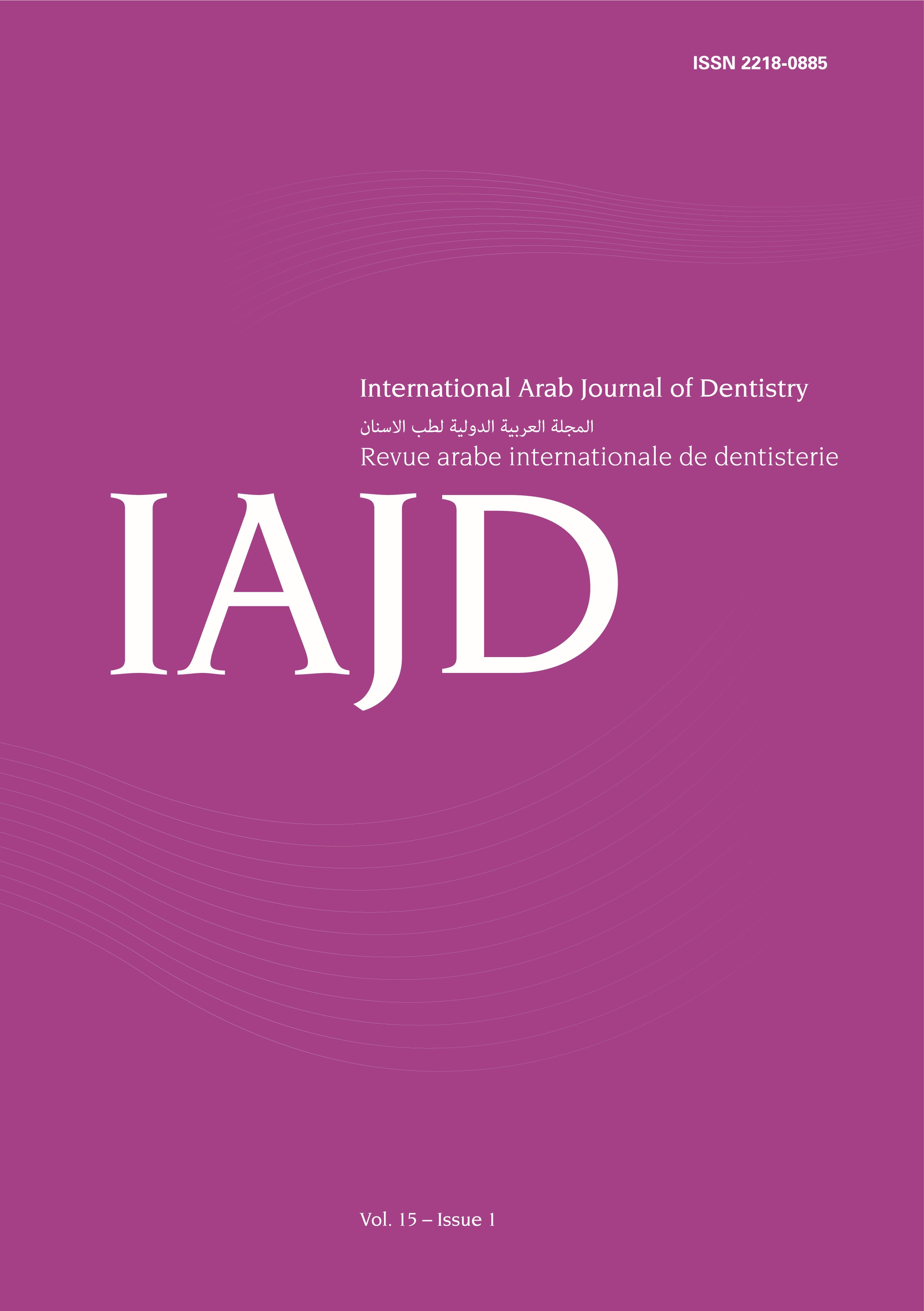Abstract
Introduction: Two distinct access cavity designs were used to access Two simulated finite element models (FE) Lingual (LAC) and incisal (IAC)). Three experimental FE models, including the IT model, were developed: LAC and IAC.
Methods: For every simulated model, one distinct radicular preparations was carried out of size #30/.04. The incisal edge was subjected to an occlusal cycle load of 120 N. The maximum von mises stresses (VMS), maximum principal stresses (MPS), and stress distribution patterns were assessed and calculated quantitatively.
Results: The traditional access design showed slightly higher fracture resistance to loading than the conservative incisal access cavity design.
Conclusion: Although the access cavity design affected the biomechanical behavior of the mandibular central incisor, the post endodontic restoration had the greater impact.

